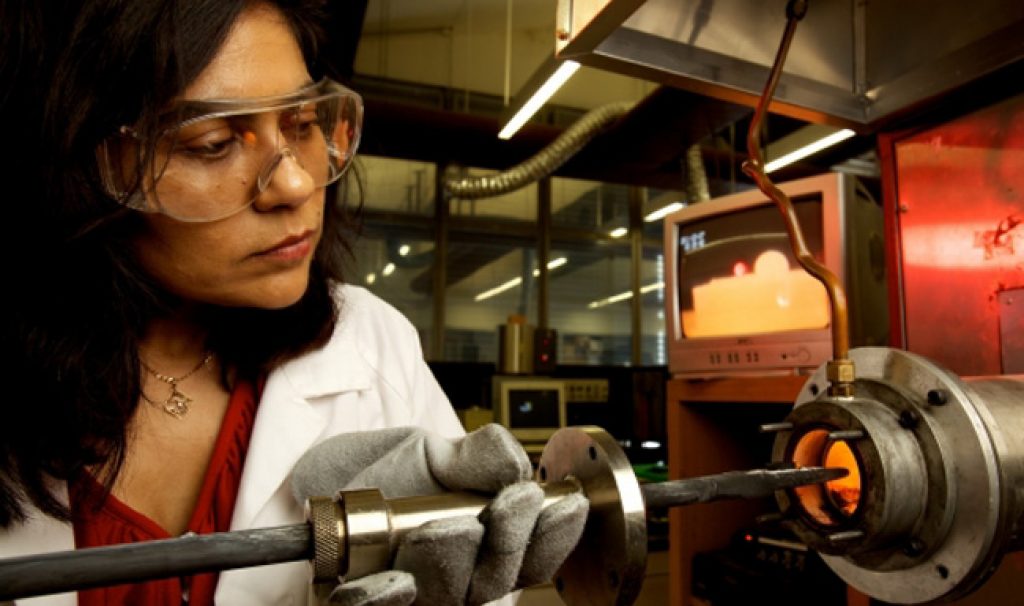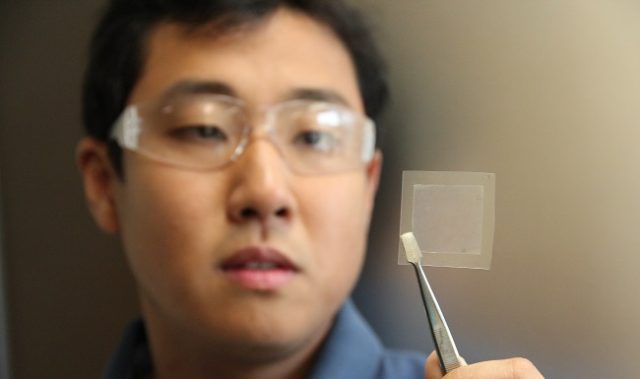
AsianScientist (Aug. 17, 2016) – A pilot micro-factory that safely transforms toxic electronic waste (e-waste) into high value metal alloys is to be unveiled at the University of New South Wales (UNSW) in Australia. This project will offer a unique low-cost solution to one of the world’s fastest-growing waste burdens.
Although e-waste contains a range of valuable metals, it is especially challenging to recycle, due to the presence of toxins and the complex mix of materials. Currently, large volumes of e-waste are exported from industrial economies like Australia to developing nations, where hand processing to recover metals exposes poor communities to dangerous contaminants.
The process, developed by UNSW Professor Veena Sahajwalla, recovers the considerable wealth of resources embedded in e-waste, while overcoming the challenges of toxicity and the often prohibitively high costs of conventional industrial-scale recycling.
“A ton of mobile phones (about 6,000 handsets), for example, contains about 130 kg of copper, 3.5 kg of silver, 340 grams of gold and 140 grams of palladium, worth tens of thousands of dollars,” she said.
Sahajwalla used precisely controlled high-temperature reactions to produce copper and tin-based alloys from waste printed circuit boards (PCBs) while simultaneously destroying toxins. A programmed drone identifies PCBs from within crushed e-waste, and a simple robot extracts them, overcoming the risks of contamination, before the PCBs are fed into the furnace.
The new micro-factories are suitable for mobile use: they can be set up in containers and transported to waste sites, avoiding the huge costs and emissions of trucking or shipping e-waste over long distances.
Sahajwalla’s solution also offers a safe way for poor communities in developing nations to generate an income from the production of metal alloys.
“The world urgently needs a safe, low cost recycling solution for e-waste. Our approach is to enable every local community to transform their e-waste into valuable metal alloys, instead of leaving old devices in drawers or sheds, or sending them to the landfill,” she said.
———
Source: UNSW.
Disclaimer: This article does not necessarily reflect the views of AsianScientist or its staff.












